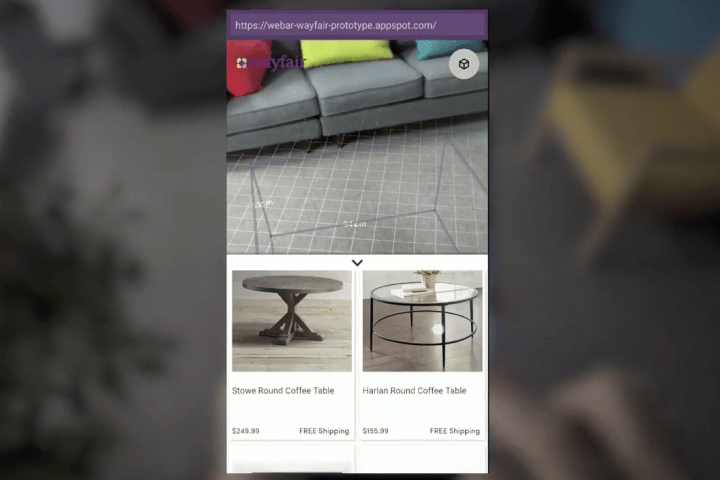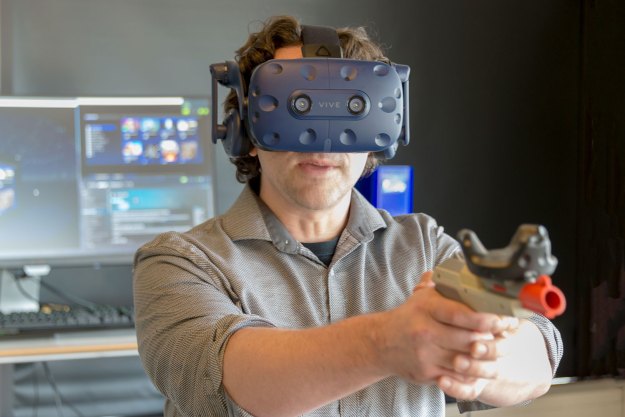
There’s a good reason for wanting more out of Chrome for VR, and it lies with the versions of the browser people are already familiar with. Chrome for desktop and mobile has a rich set of features that allow developers to create novel ways for users to explore their sites, and that’s how Chrome for VR will work as well. By enabling rich VR experiences in Javascript and WebGL, it’s easy to bring whole sites into the virtual world, and like the other implementations of Chrome, it easily adapts to any device.
It isn’t just virtual reality that’s a part of the Chrome puzzle. Augmented reality has played a large role in Google I/O already, and it’s no different here. Some of the same uses — fitting furniture, exploring complex subjects, finding something in a museum — work right from Chrome with AR enabled. There’s no installing an app or configuring anything, you just click the link on a supported website, and the world around you invades the smartphone.
No exact release date was offered, but it was mentioned that Chrome for virtual reality would be coming to Daydream headsets later this year. With rich feature support, and the wealth of other supporting technologies Google has rolling out, we’re optimistic about the future of augmented reality and virtual reality Chrome offerings. If nothing else, the browser can act as a support system that fleshes out the company’s set of first-party software for the Daydream headset.
Editors' Recommendations
- Your Quest 3 just got so much better — for free
- A cheaper version of the Meta Quest 3 now seems more likely than ever
- A new Google Pixel 8a leak just revealed three huge upgrades
- Apple’s new Lightning to USB-C adapter costs more than just buying a USB-C cable
- It looks like the Pixel 7a will be more expensive than we hoped


